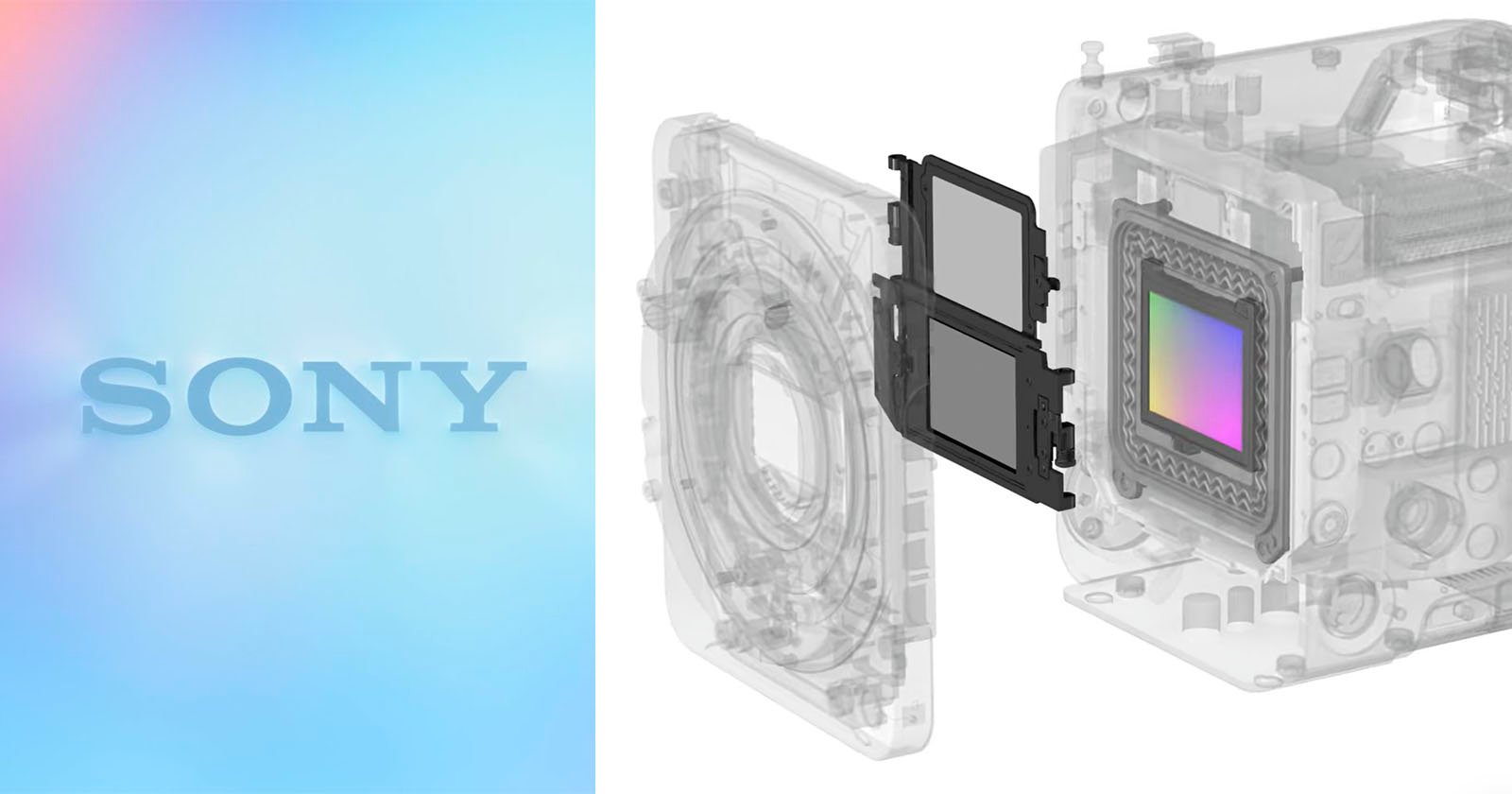
Screenshot Numerous Sony cinema cameras include electronic variable neutral density (ND) filters, including the popular full-frame FX9. ND filters are a common tool for filmmakers, enabling them to adjust the amount of light that hits the image sensor. This is important because filmmakers often want to shoot at specific shutter speeds, like 1/48s when shooting 24p footage. While that shutter speed may be easy to achieve with a slow lens or in dim conditions, bright light, and fast lenses can demand faster-than-desired shutter speeds. Using an ND filter makes it possible to cut the amount of light and comfortably shoot at the desired shutter speed, even with a fast aperture. Changing the ISO is not always an optimal option, either. If it’s bright enough, there may not be an ISO speed slow sufficient to nail the shot at the required shutter speed. Further, many videographers want to maintain a consistent look and image quality across multiple shots, so constant ISO adjustments may not be the best choice. While it is relatively straightforward to use a filter like this on the lens itself, this comes with some usability concerns and a potential impact on image quality. Plus, getting a variety of ND filter strengths in different filter thread sizes is tedious and costly. Instead, it’s also possible to use a filter at the sensor level, which is how Sony’s electronic variable ND filter system works. Sony’s optical filter system lives inside the camera, in front of the image sensor, and it responds to user input in the camera’s menu system.
For example, the user can adjust the ND filter’s strength from 1/4 to 1/128, enabling fine-tuned control. However, since the system is electronic and fully integrated into the camera, it can also be adjusted automatically based on a user’s selected settings and the metered light. The system relies upon a crystal LCD through which light travels from the lens to the image sensor. What makes this “variable” is electric voltage. The camera precisely controls the voltage that goes into the liquid crystal panel, which changes how much light can travel through it and reach the image sensor. There is no color shift or other negative impact on image quality. The electronic variable ND filter has another added benefit. Not every lens, including third-party E-mount lenses, has seamless iris control. When recording video, cinematographers don’t want to deal with rough transitions from one aperture to the next, nor do they want to adjust their shutter speed during a shot. Electronic variable ND filters help the camera compensate for changing light values without changing the aperture or shutter speed.
At its core, an electronic variable ND system enables users to control their camera’s exposure settings and depth of field, even when ambient light conditions are excessively bright or constantly changing. It is really impressive technology and is available in Sony’s FX6, FX9, FS5, FS5 II, FS7 II, and Burano cameras, among others. Image credits: Sony






